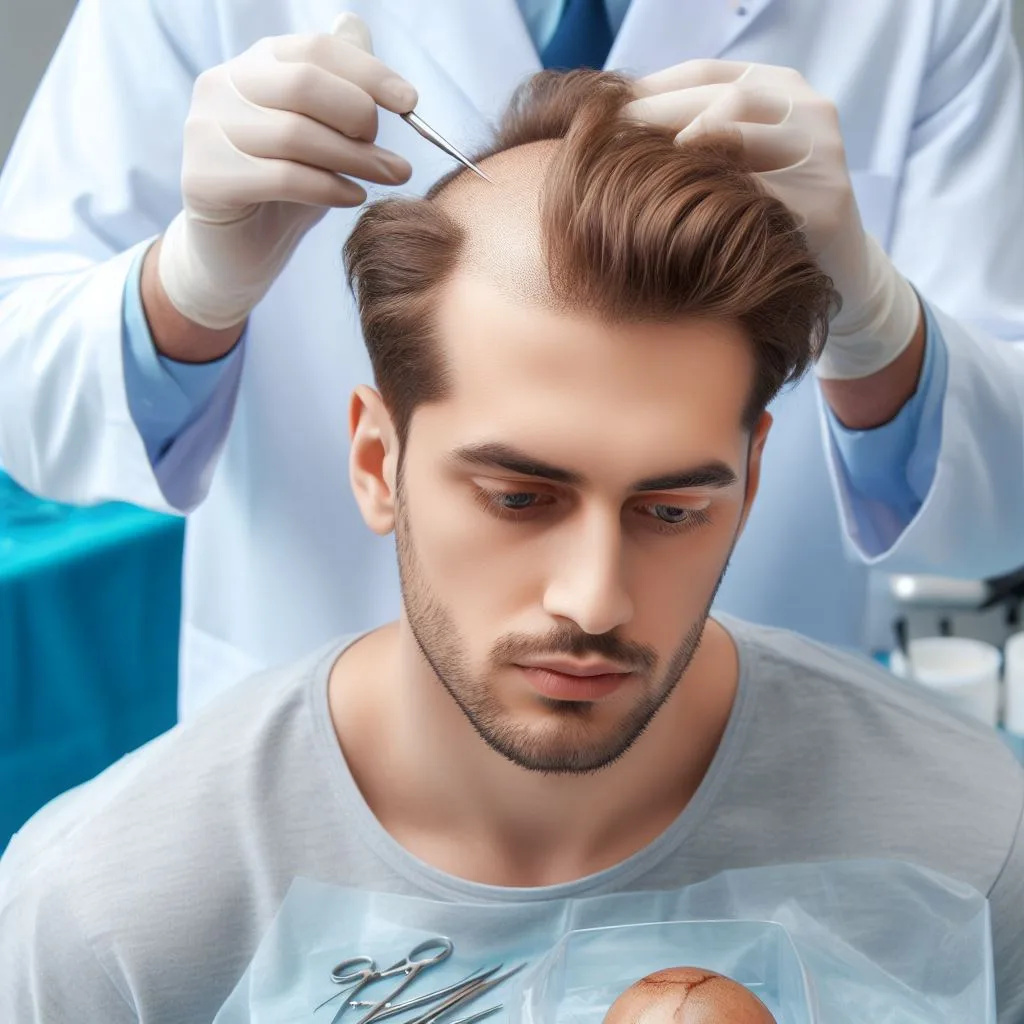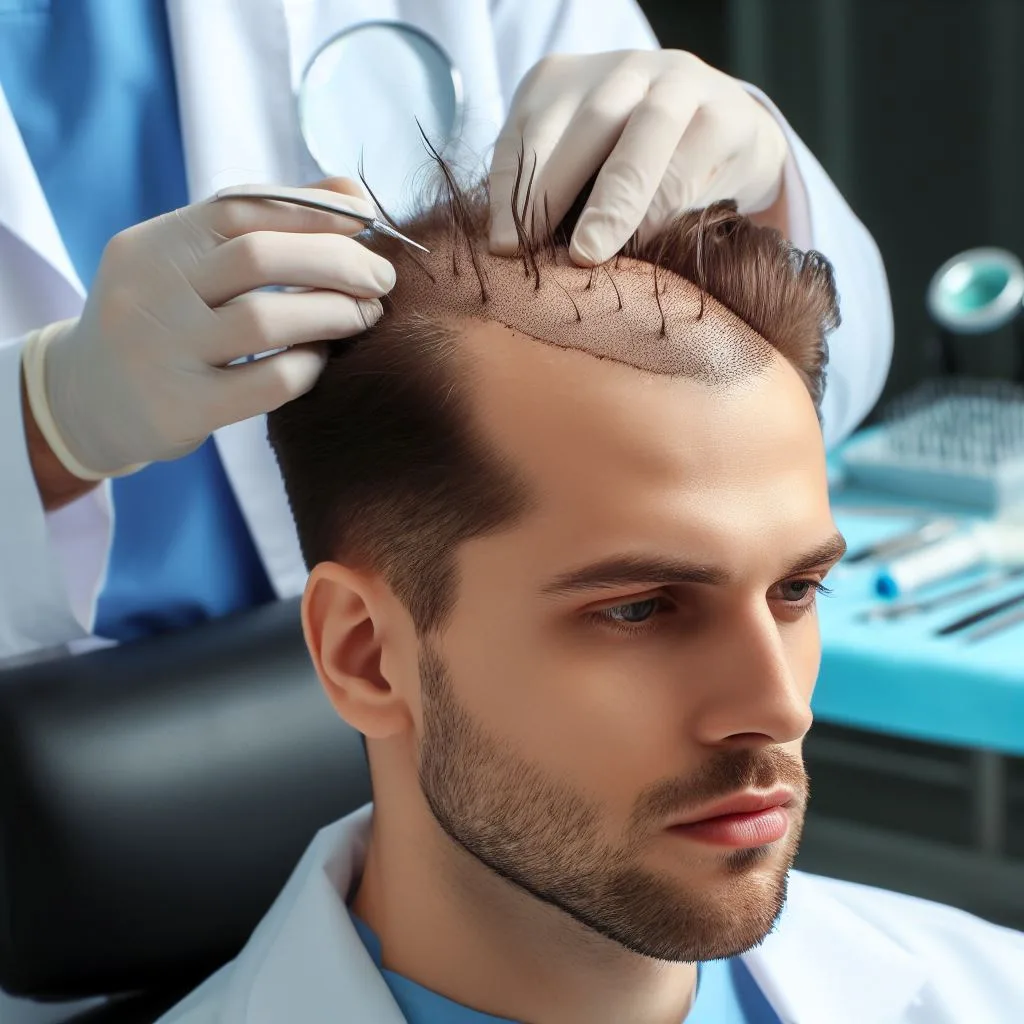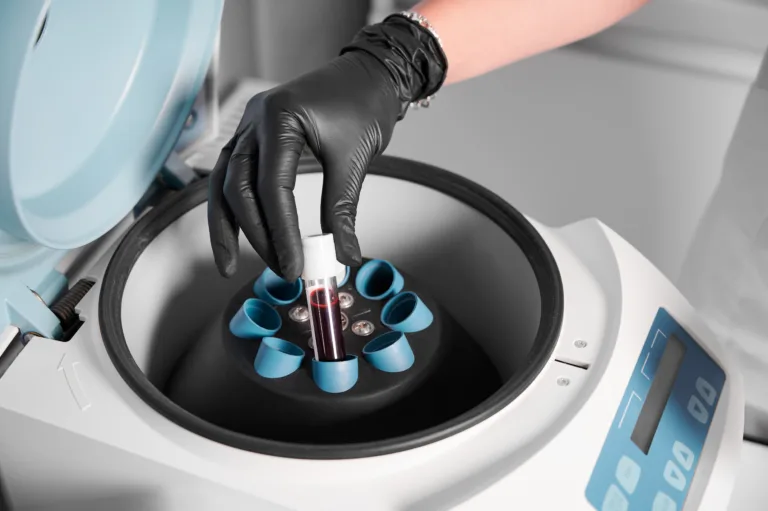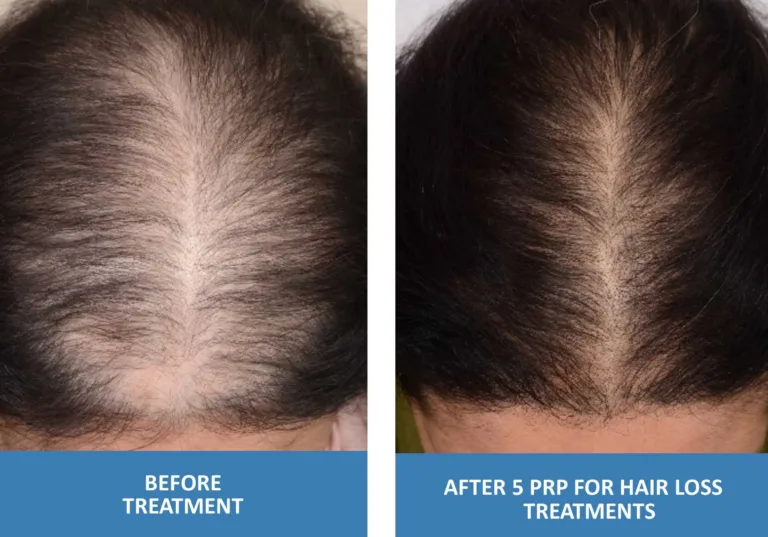
Alopecia is a general term for hair loss that can affect any part of the body. There are different types of alopecia, such as alopecia areata, androgenetic alopecia, cicatricial alopecia, traction alopecia, and telogen effluvium. Each type has different causes, symptoms, and treatments.
Hair transplant is a surgical procedure that involves moving hair follicles from one area of the scalp (donor site) to another area (recipient site) where hair is thinning or missing. Hair transplant can be used to treat some forms of alopecia, such as androgenetic alopecia and cicatricial alopecia, but not others, such as alopecia areata.
In this article, we will explain what hair transplant is, how it works, what are the benefits and risks of hair transplant for treating alopecia, and what to expect from a hair transplant session.
Table of Contents
What is hair transplant?
Hair transplant is a type of cosmetic surgery that aims to restore hair growth and appearance in areas affected by hair loss. Hair transplant can be done in different ways, such as:
- Follicular unit transplantation (FUT): The surgeon cuts a strip of skin from the back or side of the scalp and divides it into small grafts containing one to four hair follicles each. The grafts are then implanted into tiny incisions made in the recipient site.
- Follicular unit extraction (FUE): The surgeon uses a special device to extract individual hair follicles from the donor site and then inserts them into tiny holes made in the recipient site.
- Robotic hair restoration: The surgeon uses a robotic system that automates the FUE process and improves the accuracy and speed of the procedure.
- Scalp reduction: The surgeon removes a portion of the bald scalp and stretches the remaining skin with hair over the area.
- Flap surgery: The surgeon transfers a flap of skin with hair from one side of the scalp to another, covering the bald area.
- Tissue expansion: The surgeon inserts a balloon-like device under the scalp near the bald area and gradually inflates it over several weeks. This stretches the skin with hair and creates excess tissue that can be used to cover the bald area.
How does hair transplant work for treating alopecia?
Hair transplant works by relocating healthy hair follicles from one area of the scalp to another where hair is thinning or missing. This can improve the density, thickness, and length of the hair in the recipient site.
However, hair transplant is not suitable for all types of alopecia. Hair transplant can only work if there are enough donor hairs available and if the hair loss is stable and not progressive.
Hair transplant can be effective for treating:
- Androgenetic alopecia: This is the most common type of hair loss that affects both men and women. It is caused by genetic factors and hormonal changes that make the hair follicles shrink and produce thinner and shorter hairs. Hair transplant can restore hair growth in the front, top, and crown areas of the scalp where hair loss usually occurs.
- Cicatricial alopecia: This is a rare type of hair loss that involves scarring of the scalp due to inflammation, infection, injury, or disease. Hair transplant can replace the scarred tissue with healthy skin and hair follicles.
Hair transplant cannot be used for treating:
- Alopecia areata: This is an autoimmune disorder that causes patchy hair loss on the scalp and other parts of the body. Hair transplant is not recommended for this condition because it may trigger an immune response that attacks the transplanted hairs or cause new patches of hair loss elsewhere.
- Telogen effluvium: This is a temporary type of hair loss that occurs due to stress, illness, medication, or other factors that disrupt the normal hair growth cycle. Hair transplant is not necessary for this condition because the hair usually grows back within six months.
- Traction alopecia: This is a type of hair loss that occurs due to excessive pulling or styling of the hair. Hair transplant is not advisable for this condition because it may worsen the damage to the hair follicles or cause scarring. The best treatment for this condition is to stop or reduce the source of tension on the hair.

What are the benefits and risks of hair transplant for treating alopecia?
Hair transplant has several advantages over other treatments for alopecia, such as:
- It is natural and permanent: Hair transplant uses your own hair, so there is no risk of rejection or mismatch. The transplanted hairs will grow normally and last for a lifetime.
- It is customizable and versatile: Hair transplant can be tailored to your needs and preferences. You can choose the number, size, shape, and direction of the grafts to achieve the desired result. You can also combine hair transplant with other treatments, such as medication or platelet-rich plasma (PRP) therapy, to enhance the outcome.
- It is minimally invasive and safe: Hair transplant does not require general anesthesia or hospitalization. The procedure is done under local anesthesia and involves minimal pain and bleeding. The recovery time is short and the complications are rare.
However, hair transplant also has some potential drawbacks and limitations, such as:
- It is expensive and not covered by insurance: Hair transplant is considered a cosmetic procedure and is not covered by most health insurance plans. The cost of hair transplant can vary depending on the type, extent, and location of the procedure. The average cost of hair transplant in the United States ranges from $4,000 to $15,000 per session.
- It is not guaranteed or standardized: Hair transplant does not guarantee a successful or satisfactory result. The outcome may depend on several factors, such as the quality and quantity of the donor hairs, the skill and experience of the surgeon, the technique and equipment used, the post-operative care and follow-up, and the individual response and expectations of the patient. There is no universal protocol or regulation for hair transplant. Different surgeons may have different methods, standards, and outcomes.
- It is not risk-free or painless: Hair transplant may cause some side effects or complications, such as infection, inflammation, bleeding, bruising, swelling, itching, scarring, numbness, nerve damage, cysts, ingrown hairs, poor growth, unnatural appearance, or dissatisfaction. These are usually mild and temporary, but they can be serious and require medical attention. Hair transplant may also involve some discomfort or pain during and after the procedure. You may need to take painkillers or anti-inflammatory drugs to relieve them.

What to expect from a hair transplant session?
If you decide to undergo a hair transplant for treating alopecia, here is what you can expect from a typical session:
Before the session:
You will have a consultation with your surgeon, who will evaluate your scalp and hair condition, review your medical history, discuss your goals and expectations, and explain the procedure and its risks and benefits. You will also have some blood tests to check your blood count and clotting ability. You may be advised to avoid certain medications (such as aspirin, anti-inflammatory drugs, or blood thinners) or supplements (such as vitamin E, omega-3 fatty acids, or garlic) that can affect your bleeding tendency. You may also be asked to wash your hair with a mild shampoo and avoid using any products (such as conditioner, gel, or spray) on the day of the session.
During the session:
You will sit comfortably in a chair and have a numbing cream applied to your scalp. The surgeon will then perform the chosen type of hair transplant (FUT, FUE, robotic, etc.) by extracting hair follicles from the donor site and implanting them into the recipient site. The procedure may take several hours depending on the number of grafts involved. You will be awake during the session but you will not feel any pain.
After the session:
You will be given some post-session instructions, such as avoiding washing your hair for at least 24 hours, avoiding direct sunlight or heat exposure for at least 48 hours, avoiding strenuous exercise or alcohol consumption for at least 72 hours, and avoiding dyeing or coloring your hair for at least two weeks. You may experience some side effects such as pain






